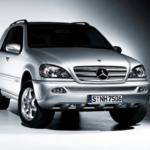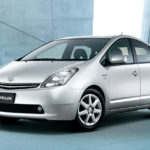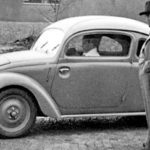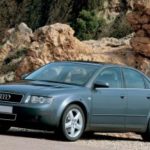How does the start stop system work?
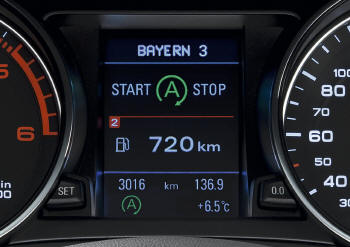
Start stop system
The start stop system is a new technology used in cars, and its main function is to reduce fuel consumption and emissions. It is most commonly used in hybrid vehicles to reduce battery consumption, but also in fuel-efficient vehicles.
How does the start stop system work?
This system reduces driving in the back, for example, while standing at traffic lights or similar places, because the vehicle then extinguishes and consumes no fuel and emits no harmful gases, and also extinguishes the engine when the vehicle is moving at a certain speed, without moving again. it consumes fuel and emits no harmful gases. For example, when the vehicle is only capable of maintaining speed, on a lower or higher downhill slope, the engine is shut down, which is a great advantage. Fuel savings with this start stop system can range from five to ten percent, depending on the vehicle.
The system is designed to withstand higher loads and allows the engine to restart much faster. What is great is that if you do not have a stop - start system in your vehicle, and you want to have it, you can integrate it, you need to get a few additional components. This system can therefore be integrated into any vehicle, diesel, petrol or gas.
According to statistics, each vehicle travels about 11,500 kilometers a year. If every vehicle had a start - stop system, the emissions would be reduced by 10 grams per kilometer, with a reduction of about 30,000 tonnes per year in a country such as Germany.
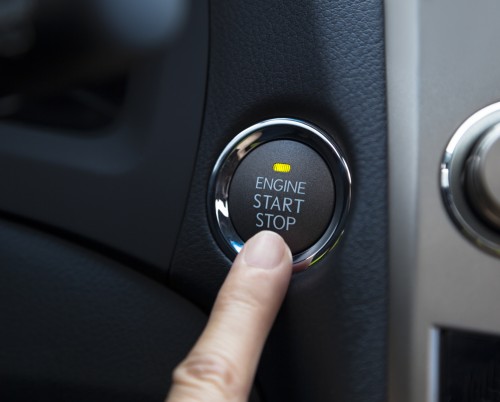
The development of this technology began in the 1,5s. It all started with Toyota equipping its vehicles with small electrical devices that would automatically shut down a vehicle that was not moving after 10 seconds. Testing has shown that the reduction of fuel in this way is a full XNUMX percent. After Toyota, they integrated this system into their vehicles Fiat, to the Regatta model and Volkswagen on a Polo Formel E model in the 20s. It was subsequently introduced by Golf Ecomatic in 1994 and the 3 Volkswagen Lupo 2L and Audi A3 1999L. Although the first drivers were not keen on the system and complained that it was deconcentrating them, the significant fuel savings overruled any criticism that would arise.
BMW has been installing this system on many of its vehicles since 2008, but the system has developed little, so it invented a system that does not shut down the entire engine, ie has a rechargeable battery that allows the car's electronics to work normally even though the engine is off and saves fuel. Citroen also uses this system in some of its models, and calls it 'Start and Stop', and has also further developed it similarly to BMW. Fiat has also been using the start-stop system since 2008 on its Alfa Romeo models and Fiat 500, and Ford was the first to introduce this system in the US in its vehicles manufactured since 2012, and they announced that all Ford vehicles will soon be be equipped with a start stop system.
All modern start stop systems actually come as a version of Bosch's inertia driving start stop system. Although we most often recognize this factory as a manufacturer of various environmental devices and working machines, it actually invests a lot in the automotive industry and automotive technology is the largest sector of the Bosch Group, and this factory is one of the largest suppliers of automotive equipment. One of the larger parts of this large market cake certainly has a start-stop system that as many manufacturers as possible want in their vehicles, but also drivers because the fuel savings are more than significant.
This system is the only planet in the world that wants us in cars, since emissions are also much less through it. The serial production of this system at Bosch began in 2007 and has only grown since then, and today every other new car produced in Europe is equipped with this system. What is particularly good is that the system is particularly efficient in large urban areas, and it is then that fuel savings are greatest and emissions are the least.
Source: www.silux.hr
Recommendation of similar texts:

Hi there, I am Mladen and I am an auto enthusiast. I started this blog years ago to help like minded people share information about latest cars, car servicing ideas, used car info, exotic cars, and auto technology. You will find helpful articles and videos on a wide variety of cars - Audi, Mercedes, Toyota, Porsche, Volvo, BMW and much more. Ping us if you have anything cool to share on latest cars or on how to make older cars more efficient, or just want to say hi!

